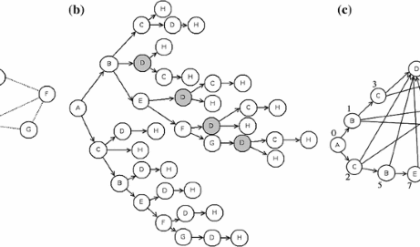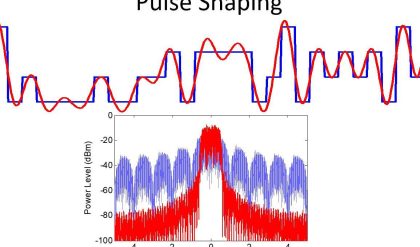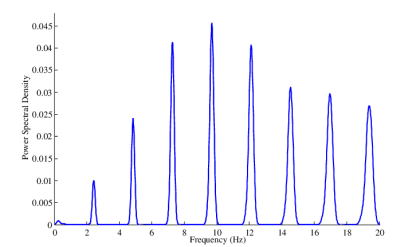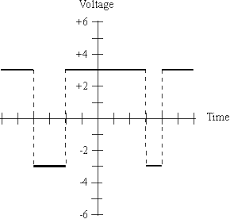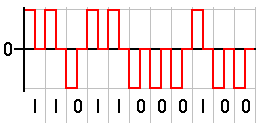“The Quantization process introduces an error defined as the difference between the input signal, x(t) and the output signal, yt). This error is called the Quantization Noise.”
q(t) = x(t) – y(t)
Quantization noise is produced in the transmitter end of a PCM system by rounding off sample values of an analog base-band signal to the nearest permissible representation levels of the quantizer. As such quantization noise differs from channel noise in that it is signal dependent.
Let “Δ‟ be the step size of a quantizer and L be the total number of quantization levels. Quantization levels are 0, ± ., ± 2 ., ±3 . . . . . . . The Quantization error, Q is a random variable and will have its sample values bounded by [-(Δ/2) < q < (Δ/2)]. If is small, the quantization error can be assumed to a uniformly distributed random variable.
Consider a memory less quantizer that is both uniform and symmetric.
L = Number of quantization levels
X = Quantizer input
Y = Quantizer output
The output y is given by
Y=Q(x)
which is a staircase function that befits the type of mid tread or mid riser quantizer of interest.
